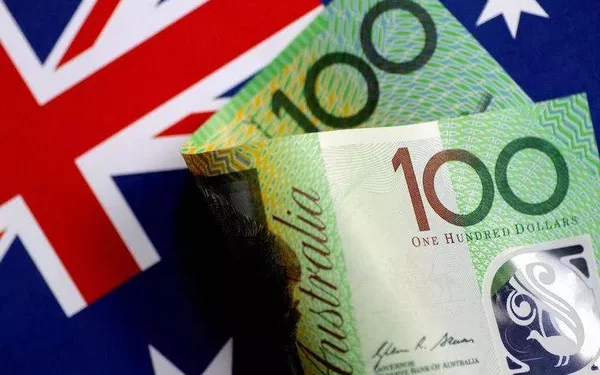At the September 2020 Fed monetary policy meeting, the central bank made a big effort to address its inflation target.
The Fed has decided it needs to do all it can to push inflation back above its 2 per cent target.
While there are several different ways to measure inflation, the most popular and closely watched in the United States is the Consumer Price Index published by the Bureau of Labor Statistics (BLS).
What is the Consumer Price Index?
The Consumer Price Index (CPI) calculates the change in prices of a basket of goods and services.
That includes housing, food, energy, transportation and utilities.
The earliest CPI statistics date back to 1913.
The Labor Department sets the index at 100, based on the average index from 1982 to 1984, the base year.
This means that the index was based on 100 during 1982-1984.
A reading of 200 means inflation has risen by 100 percent.
In the United States, the CPI is the most widely used statistic to cover inflation.
It includes employed professionals and the self-employed, the unemployed and the retired.
The Consumer Price index includes retail inflation, unlike the producer price Index, which includes wholesale inflation.
Both CPI and PPI are reported by the BLS, a division of the Labor Department.
The difference is that PPI covers intermediate goods such as crude oil, while CPI will report on goods used by consumers, such as gasoline.
What areas does the CPI cover? The CPI includes a basket of goods and services, including: Housing clothing transportation food energy health care education entertainment There are about 80,000 items included in the CPI calculation.
The index is calculated by determining the total cost of a basket of goods and services for the current period and dividing it by the base year.
The CPI has several sub-components.
For example, the CPI-U measures consumer prices for urban residents.
The CPI-W covers the CPI for urban wage earners.
Why prices go up and down Supply and demand keep driving prices.
Price fluctuations cause inflation when prices rise and deflation when prices fall.
Strong demand due to increased consumer confidence will push up prices as demand outstrips supply.
When consumer confidence falls and demand falls faster than supply, prices fall, creating deflation.
Inflation and deflation can occur as a result of exogenous events such as wars, epidemics, or even natural disasters.
Inflation has its pros and cons.
While inflation is usually good for an economy, it is not good for individuals.
For the economy to grow, businesses need pricing power and the ability to raise prices as demand for goods and services increases.
When inflation rises at a steady pace, the threat of deflation is removed.
When prices fall, consumers will delay purchases and wait for prices to fall further before making a purchase.
This reduces current demand and will hurt businesses.
When demand wanes and companies run down their inventories, it affects the entire business cycle.
Inflation is harmful to individuals, especially if you are living on a fixed income and have no way to increase it as costs rise.
For example, if you are retired and living on a pension, high inflation erodes your purchasing power.
If the price of basic goods and services goes up, you may well have to give up some of those goods and services if the price is beyond your means.
Inflation also reduces the purchasing power of money in the future.
As a result, lenders have less appetite for long-term lending as inflation erodes their ability to repay loans.
When inflation rises too quickly, it can overwhelm the economy.
For example, if prices rise and income growth stalls, demand will decrease, causing the economy to contract.
How to Control inflation Inflation is usually managed by a central bank like the Federal Reserve.
Hard assets such as commodities will appreciate.
Traders often assess whether the reported CPI is stronger or weaker than expected.
Because it is unexpected, it provides an opportunity to trade an asset if it is not normally priced in.
The upshot is that CPI is a very important and widely used tool to help traders determine inflation.
Inflation is favorable when it rises at a steady pace.
Generally speaking, inflation is good for the economy and companies, but not for individuals.
Inflation is usually coordinated by the central bank.
The goal is to keep inflation stable, reducing the urge to wait for prices to fall further, but not letting it eat into future earnings.
Traders tend to try to determine whether the CPI is stronger or weaker than expected, thereby identifying better trading opportunities.



























